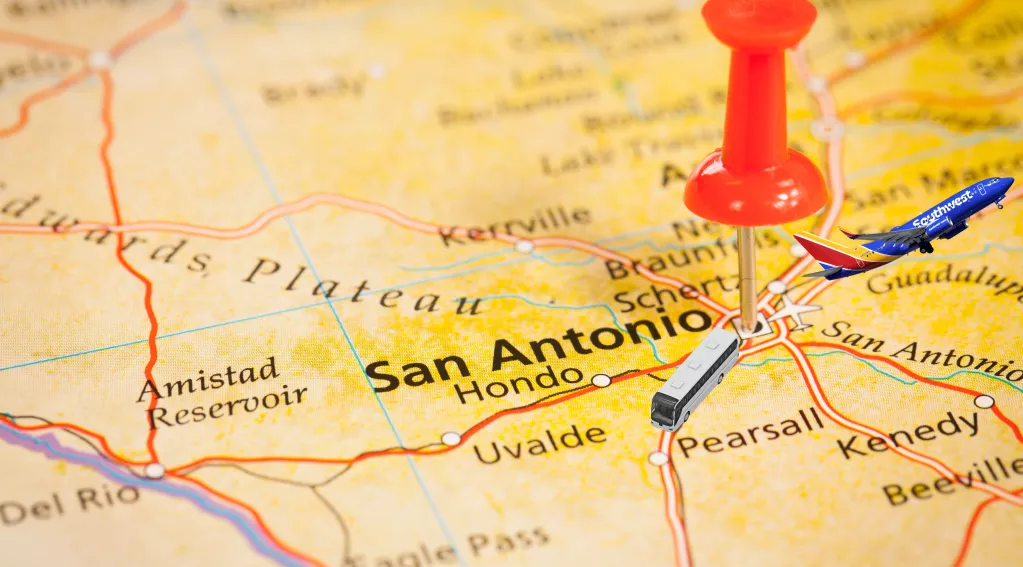Migrants Wearing Out Their Welcome in San Antonio

The “welcoming” city of San Antonio, Texas, is having its hospitality tested by the latest onslaught of migrants. Beleaguered local officials are begging the Biden administration to curb the influx, or they may start shipping new arrivals back to the Mexican border.
The cold shoulder is a sharp contrast to earlier, warm pronouncements by Mayor Ron Nirenberg and the chairman of the local Chamber of Commerce touting “strength in numbers.” Back then, they enthused:
“Understanding the economic and financial contributions immigrants and refugees have made in our community, it is our responsibility to enact solutions that help bring their personal gifts and unique voices to light. … Tapping into the strengths of our immigrant and refugee community encourages the kind of collaboration that celebrates diversity and sparks innovation.”
With two of every three “immigrants” hailing from Mexico, there isn’t much diversity to speak of, but the numbers are indeed impressive. In less than three weeks last month, more than 17,000 migrants descended on the Alamo City, chauffeured by Uncle Sam.
While thousands have moved on — courtesy of free flights provided by Washington or non-governmental organizations on federal contracts — many have taken up tenuous residence in San Antonio. A city-run Migrant Resource Center north of downtown lodges or otherwise attempts to serve more than 600 new arrivals daily.
Filled to overflowing, the bulging facility has been variously been called an “eyesore” and a “cancer” by anxious San Antonians. The crush of transients requires evermore local tax dollars to staff the center, more police to guard nearby businesses and more garbage collections to pick up mounds of trash. Neighbors who complain of migrants knocking on doors for handouts are not enthralled by the center’s lengthening lines of odiferous portable toilets either.
Migrants turned away from the center end up shifting for themselves in city parks, or wherever. (This video highlights the sorry plight of a group of itinerant Venezuelans.)
In a July 27 letter, the city asked U.S. Customs and Border Protection (CBP) to limit the number of migrants being transported to the center. If CBP does not comply soon, San Antonio will consider boarding them back onto southbound buses.
Alternatively, a federal official has suggested putting more migrants on Gov. Greg Abbott’s East Coast-bound coaches. That would surely level up the angst in New York City and Washington, D.C., whose mayors have complained bitterly about the costs and disruption that accompany the new arrivals.
For these mayors, as with Nirenberg, “welcoming” is easy in the abstract, but fleeting in reality. When it comes to mass migration, where is the “strength in numbers”?

